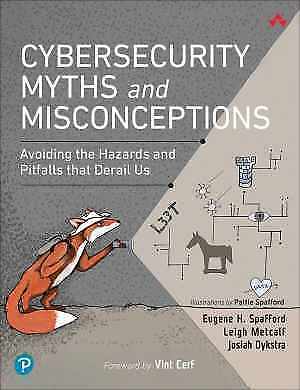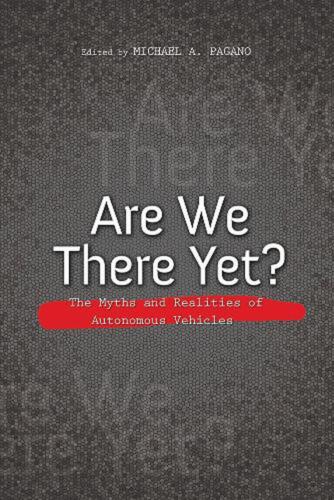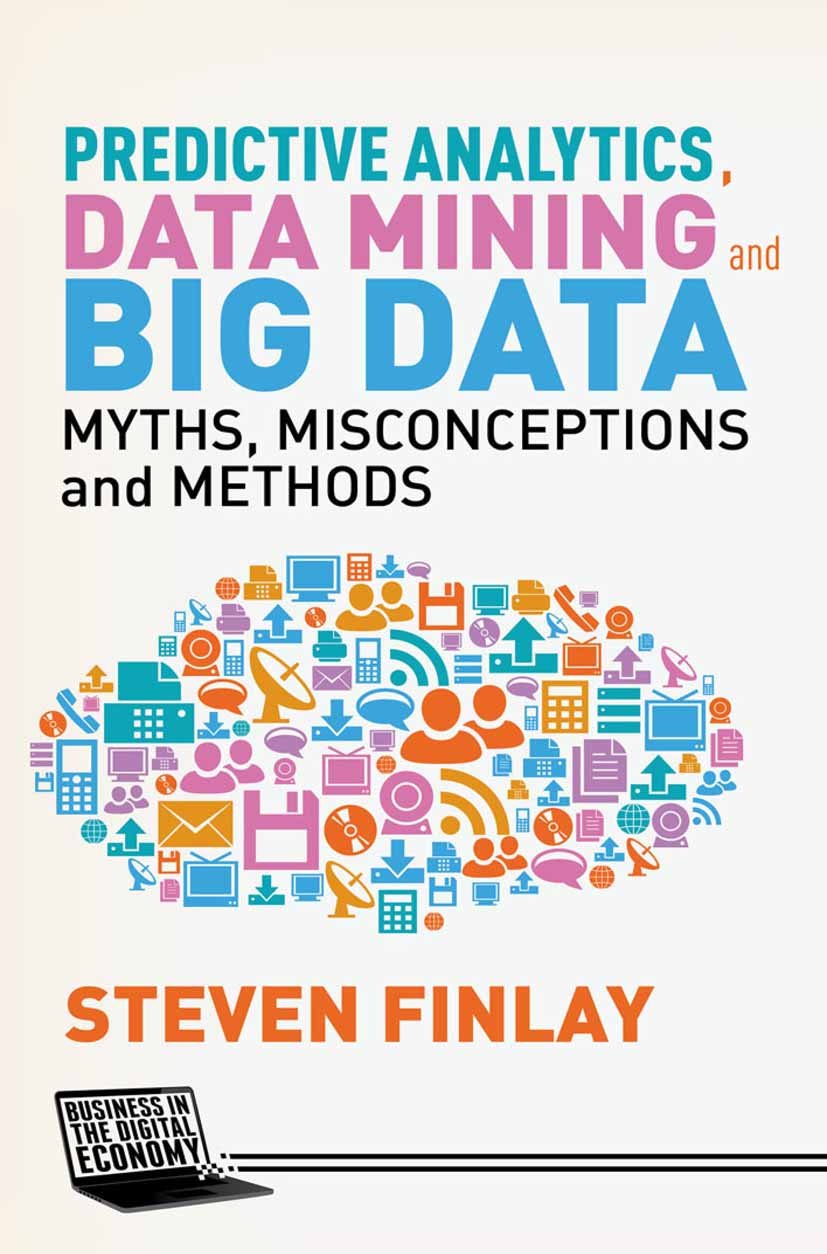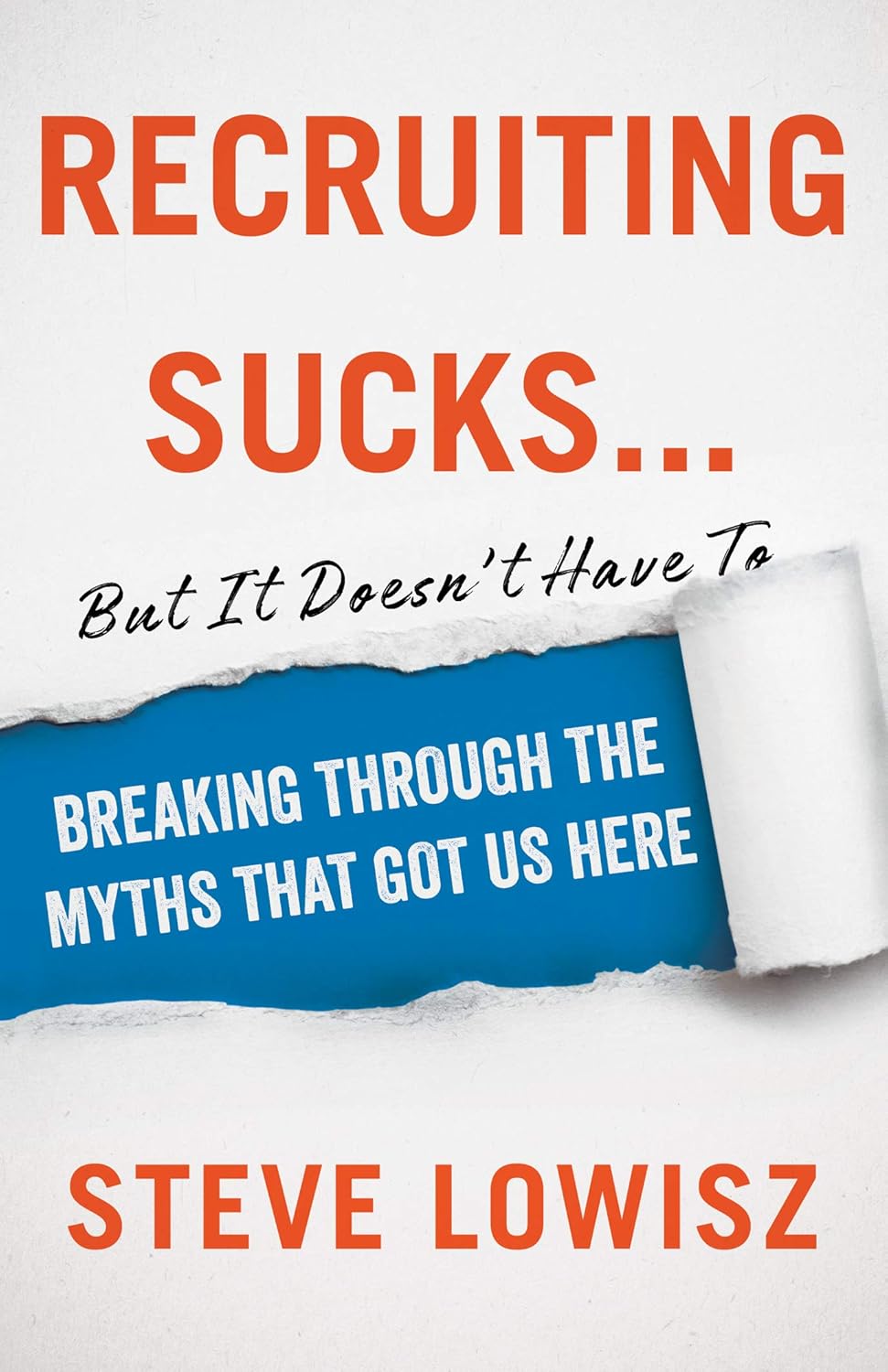Your cart is currently empty!
Tag: Myths

Debunking Common Myths About Veganism
Veganism has gained popularity in recent years as more people become aware of the environmental and health benefits of a plant-based diet. However, there are still many misconceptions and myths surrounding veganism that may deter some individuals from exploring this lifestyle. In this article, we will debunk some of the most common myths about veganism.Myth #1: Vegans don’t get enough protein
One of the most common misconceptions about veganism is that it is difficult to get enough protein on a plant-based diet. In reality, there are plenty of plant-based sources of protein such as tofu, tempeh, lentils, beans, quinoa, and seeds. As long as a vegan diet is varied and includes a balance of different protein-rich foods, it is entirely possible to meet the recommended daily intake of protein.
Myth #2: Vegan diets are deficient in essential nutrients
Another myth surrounding veganism is that it is impossible to get all the essential nutrients needed for optimal health on a plant-based diet. While it is true that vegans need to pay attention to their intake of nutrients like vitamin B12, iron, calcium, and omega-3 fatty acids, there are plenty of plant-based sources of these nutrients available. For example, fortified plant-based milk and nutritional yeast are good sources of B12, while leafy greens like spinach and kale are rich in iron and calcium.
Myth #3: Vegan diets are expensive
Some people believe that vegan diets are expensive and only accessible to those with higher incomes. While it is true that some vegan specialty products can be pricey, a plant-based diet can actually be quite affordable. Staples like beans, rice, lentils, and vegetables are inexpensive and can be purchased in bulk. Additionally, buying seasonal produce and shopping at local markets can help keep costs down.
Myth #4: Vegan diets are boring and restrictive
Many people think that vegan diets are limited and boring, consisting mainly of salads and tofu. In reality, there is a wide variety of plant-based foods available that can be used to create delicious and satisfying meals. With the abundance of fruits, vegetables, grains, nuts, seeds, and plant-based proteins, the possibilities for creativity in the kitchen are endless. There are also plenty of vegan alternatives to popular non-vegan foods like burgers, ice cream, and cheese that can help make the transition to a plant-based diet easier.
In conclusion, veganism is a sustainable and healthy lifestyle choice that is not as restrictive or challenging as many people believe. By debunking these common myths about veganism, we hope to encourage more individuals to explore the benefits of a plant-based diet and make informed choices about their food consumption. Whether you are considering going vegan for ethical, environmental, or health reasons, rest assured that a well-planned vegan diet can provide all the nutrients your body needs to thrive.
#Debunking #Common #Myths #Veganism,vegan
Is 20GB RAM Overkill? Debunking Common Myths and Misconceptions
RAM, or Random Access Memory, is an essential component in any computer system. It is responsible for storing and accessing data that is currently being used by the computer’s processor. With the increasing demands of modern software and applications, many users are opting for higher amounts of RAM to ensure smooth and efficient performance. However, there is a common misconception that having too much RAM, such as 20GB, is unnecessary and overkill. In this article, we will debunk some of the myths and misconceptions surrounding 20GB of RAM.Myth #1: More RAM equals better performance
One of the biggest misconceptions about RAM is that more is always better. While having more RAM can improve the performance of your computer, there is a point of diminishing returns. In most cases, 8GB to 16GB of RAM is sufficient for everyday tasks such as web browsing, email, and streaming media. However, if you are a power user who regularly uses demanding applications such as video editing or gaming, having 20GB of RAM can provide a noticeable improvement in performance.
Myth #2: You will never use all 20GB of RAM
Another common myth is that having 20GB of RAM is unnecessary because you will never use all of it. While it is true that most users will not fully utilize 20GB of RAM on a day-to-day basis, having extra RAM can improve multitasking capabilities and overall system responsiveness. For example, if you frequently run multiple applications simultaneously or work with large files, having 20GB of RAM can prevent your system from slowing down or experiencing lag.
Myth #3: 20GB of RAM is too expensive
Many users shy away from investing in 20GB of RAM because they believe it is too expensive. While it is true that higher amounts of RAM can come with a higher price tag, the cost of RAM has decreased significantly in recent years. In fact, upgrading to 20GB of RAM may be more affordable than you think, especially if you shop around for deals or purchase from a reputable retailer.
In conclusion, having 20GB of RAM is not necessarily overkill, especially for power users who require high performance and multitasking capabilities. While it may not be necessary for the average user, having extra RAM can provide a noticeable improvement in system performance and responsiveness. Ultimately, the decision to upgrade to 20GB of RAM will depend on your individual needs and usage habits. Don’t let common myths and misconceptions deter you from considering a RAM upgrade – it could be just what your computer needs to reach its full potential.
#20GB #RAM #Overkill #Debunking #Common #Myths #Misconceptions,20gb ram
Freesync vs G-Sync: Debunking Common Myths and Misconceptions
When it comes to gaming monitors, Freesync and G-Sync are two of the most popular technologies that are designed to enhance the gaming experience. However, there are a lot of myths and misconceptions surrounding these two technologies that often confuse consumers. In this article, we will debunk some of the common myths and misconceptions about Freesync and G-Sync.Myth #1: Freesync is only compatible with AMD GPUs and G-Sync is only compatible with Nvidia GPUs.
This is one of the most common misconceptions about Freesync and G-Sync. While it is true that Freesync is developed by AMD and G-Sync is developed by Nvidia, both technologies are actually compatible with a wide range of GPUs. Freesync works with AMD GPUs as well as Nvidia GPUs that support DisplayPort Adaptive-Sync, while G-Sync works with Nvidia GPUs and some AMD GPUs.
Myth #2: Freesync is inferior to G-Sync in terms of performance.
There is a common belief that G-Sync provides a better gaming experience compared to Freesync. While it is true that G-Sync has some additional features such as variable overdrive and ultra-low motion blur, Freesync is not inferior in terms of performance. In fact, both technologies are designed to eliminate screen tearing and stuttering, providing a smooth and immersive gaming experience.
Myth #3: Freesync and G-Sync monitors are more expensive than regular monitors.
Another common myth is that Freesync and G-Sync monitors are significantly more expensive than regular monitors. While it is true that monitors with Freesync and G-Sync technology tend to be more expensive, there are also budget-friendly options available in the market. In fact, there are Freesync monitors that are priced competitively with regular monitors, making them accessible to a wider range of gamers.
Myth #4: Freesync and G-Sync are only beneficial for fast-paced games.
Some people believe that Freesync and G-Sync are only useful for fast-paced games where screen tearing and stuttering are more noticeable. However, these technologies can benefit all types of games, regardless of the genre or speed. Whether you are playing a fast-paced shooter or a slow-paced strategy game, Freesync and G-Sync can help improve the overall gaming experience by providing smooth and tear-free gameplay.
In conclusion, Freesync and G-Sync are both excellent technologies that can enhance the gaming experience. It is important to debunk the common myths and misconceptions surrounding these technologies to make an informed decision when purchasing a gaming monitor. Both Freesync and G-Sync offer unique features and benefits, so it ultimately comes down to personal preference and budget when choosing between the two.
#Freesync #GSync #Debunking #Common #Myths #Misconceptions,freesync&g-sync
Breaking Down the Myths: Debunking Common Misconceptions About 16GB RAM
In today’s fast-paced world, having enough RAM in your computer is crucial for smooth and efficient performance. One of the most common misconceptions about RAM is that more is always better. While this is generally true, there are often misconceptions surrounding how much RAM is actually necessary for optimal performance. In particular, the idea that 16GB of RAM is excessive or unnecessary is a common myth that needs to be debunked.First and foremost, it’s important to understand what RAM actually does. RAM, or Random Access Memory, is a type of computer memory that stores data and machine code currently being used by the operating system and applications. The more RAM your computer has, the more data it can store and access quickly, which in turn allows for faster and more efficient performance.
One of the most common arguments against 16GB of RAM is that it is overkill for most users. Many people believe that 8GB of RAM is sufficient for everyday tasks such as web browsing, word processing, and emailing. While this may be true for basic usage, 16GB of RAM can provide a significant performance boost for more demanding tasks such as gaming, video editing, and graphic design.
Another common misconception is that having more RAM will not improve performance if the rest of the computer’s hardware is not up to par. While it’s true that having a powerful CPU and graphics card is important for overall performance, having enough RAM is also crucial. Without enough RAM, your computer may struggle to run multiple applications at once, leading to slow performance and potential crashes.
Additionally, some people believe that upgrading to 16GB of RAM is not worth the cost. While it’s true that RAM prices have fluctuated in recent years, the cost of upgrading to 16GB of RAM is relatively affordable compared to other computer upgrades. And considering the significant performance boost that extra RAM can provide, the investment is well worth it for many users.
In conclusion, the myth that 16GB of RAM is excessive or unnecessary needs to be debunked. In today’s digital age, having enough RAM is essential for optimal performance, especially for more demanding tasks. While 8GB of RAM may suffice for basic usage, upgrading to 16GB can provide a significant performance boost and improve the overall user experience. Don’t let common misconceptions about RAM hold you back – invest in more RAM for a faster, more efficient computer.
#Breaking #Myths #Debunking #Common #Misconceptions #16GB #RAM,16gb ram
Cybersecurity Myths and – Paperback, by Spafford Eugene; Metcalf – Very Good

Cybersecurity Myths and – Paperback, by Spafford Eugene; Metcalf – Very Good
Price : 33.94
Ends on : N/A
View on eBay
In today’s digital age, cybersecurity is more important than ever. However, there are many myths and misconceptions surrounding this crucial topic. In the book “Cybersecurity Myths and Realities” by Spafford Eugene and Metcalf, these myths are debunked and the truth behind cybersecurity is revealed.This paperback book is in very good condition, making it a valuable resource for anyone looking to understand the complexities of cybersecurity. From common misconceptions about password strength to the truth behind hacking techniques, this book covers it all.
Don’t let misinformation put your personal or professional data at risk. Pick up a copy of “Cybersecurity Myths and Realities” today and arm yourself with the knowledge you need to stay safe online.
#Cybersecurity #Myths #Paperback #Spafford #Eugene #Metcalf #Good, Cybersecurity
Cybersecurity Myths and – Paperback, by Spafford Eugene; Metcalf – Good

Cybersecurity Myths and – Paperback, by Spafford Eugene; Metcalf – Good
Price : 12.99
Ends on : N/A
View on eBay
Cybersecurity Myths and Facts – Paperback, by Spafford Eugene; Metcalf – GoodIn today’s digital age, cybersecurity is more important than ever. However, there are many myths and misconceptions surrounding the topic that can lead to confusion and misinformation. In the book “Cybersecurity Myths and Facts,” authors Spafford Eugene and Metcalf debunk common myths and provide readers with the necessary tools to protect themselves online.
This informative paperback covers a range of topics, including the importance of strong passwords, the risks of public Wi-Fi networks, and the truth about antivirus software. With practical tips and real-world examples, this book is a must-read for anyone looking to improve their cybersecurity knowledge.
Don’t fall victim to cyber threats – arm yourself with the facts and stay safe online. Pick up a copy of “Cybersecurity Myths and Facts” today.
#Cybersecurity #Myths #Paperback #Spafford #Eugene #Metcalf #Good, Cybersecurity
Are We There Yet?: The Myths and Realities of Autonomous Vehicles by Michael A.

Are We There Yet?: The Myths and Realities of Autonomous Vehicles by Michael A.
Price : 165.63
Ends on : N/A
View on eBay
Are We There Yet?: The Myths and Realities of Autonomous VehiclesAutonomous vehicles have been a hot topic in the world of technology and transportation for years now. From futuristic visions of cars driving themselves to worries about job loss and safety concerns, there are plenty of myths and misconceptions surrounding this emerging technology.
In his new book, “Are We There Yet?: The Myths and Realities of Autonomous Vehicles”, author Michael A. dives deep into the world of self-driving cars to separate fact from fiction. Drawing on his years of experience in the automotive industry and insights from leading experts in the field, Michael A. provides a comprehensive look at the current state of autonomous vehicles and what the future may hold.
From debunking common myths about the capabilities of self-driving cars to exploring the ethical and regulatory challenges that lie ahead, “Are We There Yet?” offers a balanced and informed perspective on this groundbreaking technology. Whether you’re a tech enthusiast, a skeptic, or just curious about what the future of transportation may look like, this book is a must-read for anyone interested in the future of autonomous vehicles.
#Myths #Realities #Autonomous #Vehicles #Michael, autonomous vehiclesAre We There Yet? – The Myths and Realities of Autonomous Vehicles Pagano Brown
Are We There Yet? – The Myths and Realities of Autonomous Vehicles Pagano Brown
Price : 115.17
Ends on : N/A
View on eBay
Are We There Yet? – The Myths and Realities of Autonomous VehiclesAutonomous vehicles have been a hot topic in the world of technology and transportation for years now. Many people are eager to see self-driving cars on the roads, believing that they will revolutionize the way we travel. However, there are also plenty of skeptics who doubt the feasibility and safety of autonomous vehicles.
One of the biggest myths surrounding autonomous vehicles is that they will completely eliminate the need for human drivers. While it’s true that self-driving cars have the potential to reduce the number of accidents caused by human error, they are not without their own challenges. For example, autonomous vehicles still struggle to navigate complex urban environments and handle unpredictable situations on the road.
Another myth is that autonomous vehicles will be widely available in the near future. While companies like Tesla and Waymo have made significant strides in developing self-driving technology, there are still many regulatory and ethical hurdles to overcome before autonomous vehicles can be mass-produced and deployed on a large scale.
Despite these challenges, there are also plenty of exciting developments in the world of autonomous vehicles. For example, autonomous trucks are already being tested on highways, and self-driving shuttles are being used in some cities to provide convenient and environmentally friendly transportation options.
In conclusion, while autonomous vehicles hold great promise for the future of transportation, we are not quite there yet. It will take time and effort to overcome the technical, regulatory, and societal challenges that stand in the way of widespread adoption of self-driving cars. But with continued innovation and collaboration, we may soon see a world where autonomous vehicles are a common sight on the roads.
#Myths #Realities #Autonomous #Vehicles #Pagano #Brown, autonomous vehicles
Predictive Analytics, Data Mining and Big Data: Myths, Misconceptions and Methods (Business in the Digital Economy)
Price: $9.99
(as of Dec 27,2024 01:37:41 UTC – Details)
ASIN : B00KQIKLJG
Publisher : Palgrave Macmillan; 2014th edition (July 1, 2014)
Publication date : July 1, 2014
Language : English
File size : 2663 KB
Text-to-Speech : Enabled
Screen Reader : Supported
Enhanced typesetting : Enabled
X-Ray : Not Enabled
Word Wise : Enabled
Print length : 266 pages
Predictive Analytics, Data Mining and Big Data: Myths, Misconceptions and Methods (Business in the Digital Economy)In today’s digital economy, businesses are constantly looking for ways to harness the power of data to gain a competitive edge. Predictive analytics, data mining, and big data are all buzzwords that are often used interchangeably, but they each play a unique role in helping businesses make informed decisions based on data.
However, there are many myths and misconceptions surrounding these technologies that can lead businesses astray. In this post, we will explore some of the common myths and misconceptions surrounding predictive analytics, data mining, and big data, and discuss the methods that businesses can use to effectively leverage these technologies.
One of the biggest myths surrounding predictive analytics is that it can predict the future with 100% accuracy. While predictive analytics can help businesses make more informed decisions based on historical data and trends, it is important to remember that the future is always uncertain and that there are many factors that can influence outcomes.
Another common misconception is that data mining is a one-size-fits-all solution. In reality, data mining techniques vary depending on the specific business problem and the type of data being analyzed. Businesses must carefully select the right data mining methods to ensure that they are extracting meaningful insights from their data.
When it comes to big data, one of the biggest myths is that bigger is always better. While big data can provide businesses with a wealth of information, it is important to remember that the quality of the data is more important than the quantity. Businesses must focus on collecting relevant and accurate data that can provide actionable insights.
In terms of methods, businesses can leverage predictive analytics, data mining, and big data by investing in the right technologies and tools, hiring skilled data scientists and analysts, and developing a data-driven culture within their organization. By combining these methods with a clear understanding of the myths and misconceptions surrounding these technologies, businesses can make more informed decisions and drive success in the digital economy.
In conclusion, predictive analytics, data mining, and big data are powerful tools that can help businesses gain a competitive edge in the digital economy. By dispelling myths and misconceptions and adopting the right methods, businesses can effectively leverage these technologies to make informed decisions and drive success in today’s data-driven world.
#Predictive #Analytics #Data #Mining #Big #Data #Myths #Misconceptions #Methods #Business #Digital #Economy
Recruiting Sucks…But It Doesn’t Have To: Breaking Through the Myths That Got Us Here
Price: $2.99
(as of Dec 23,2024 19:40:20 UTC – Details)
ASIN : B07SFBYHFS
Publisher : Lioncrest Publishing (July 9, 2019)
Publication date : July 9, 2019
Language : English
File size : 2887 KB
Simultaneous device usage : Unlimited
Text-to-Speech : Enabled
Screen Reader : Supported
Enhanced typesetting : Enabled
X-Ray : Not Enabled
Word Wise : Enabled
Print length : 84 pages
Recruiting is often seen as a necessary evil in the business world. Many companies struggle to attract and retain top talent, leading to high turnover rates and decreased productivity. But what if I told you that recruiting doesn’t have to be a terrible experience? In fact, by breaking through the myths that have gotten us to this point, we can create a more positive and effective recruiting process.One of the biggest myths surrounding recruiting is that it has to be a long and arduous process. Many companies believe that in order to find the best candidates, they need to sift through hundreds of resumes and conduct multiple rounds of interviews. However, this approach can be incredibly time-consuming and often leads to burnout for both recruiters and candidates.
Instead, companies should focus on creating a streamlined and efficient recruiting process. By clearly defining what they are looking for in a candidate and using technology to help filter through resumes, companies can save time and energy while still finding the best fit for their team.
Another myth that plagues the recruiting process is the idea that only certain candidates are worth pursuing. Many companies have rigid requirements for candidates, such as a certain number of years of experience or specific degrees. However, by being open-minded and considering a wider range of candidates, companies can tap into a more diverse talent pool and potentially find someone who brings a fresh perspective to the team.
Recruiting doesn’t have to suck. By breaking through the myths that have gotten us to this point, companies can create a more positive and effective recruiting process that leads to better hires and happier employees. It’s time to rethink the way we approach recruiting and start building teams that truly reflect the diverse and talented individuals out there.
#Recruiting #Sucks…But #Doesnt #Breaking #Myths, IT Consulting
